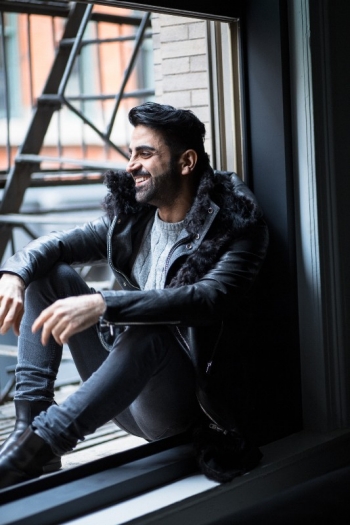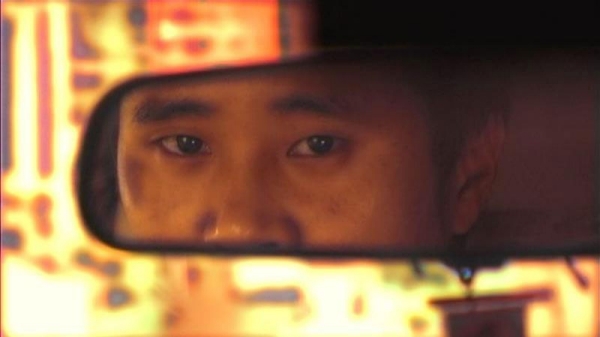Despite the international success of his visual art installations, Baradaran’s inspiration started right at home.
Thanks to a grandfather who was a singer and poet, the Iran-born Baradaran was surrounded by books and art at a young age. While his grandfather was between publishers, there were rooms in the family home that were literally filled with books.
After he moved to Canada at age 13, however, his priorities shifted. “I moved towards sciences, and I started studying pre-medicine, political theory and gender studies,” Baradaran says.
“I never pursued artmaking per se, and I feel like that is the case for a lot of people of colour. They don’t see social mobility in fields that are related to the arts.”
He received his undergraduate degree from McGill University in 2004, then earned a master’s in media studies at Concordia in 2008.
Baradaran’s focus moved towards pursuits that could land him a nine-to-five job. What brought him back to the arts was both a sense of disillusionment — and a spontaneous purchase in 2006.
“One day I had $200 in my pocket, and back in the day $200 in Montreal went a long way,” he recalls fondly.
“I went to a dollar store and I bought canvas and paint and I started painting. Six months later I was chosen as one of the Artists of the Year by the City Hall of Montreal, and the art works were displayed at City Hall.”
New York provocateur
Baradaran’s career soon took off. In 2010, he created an interactive art installation called Transient.
For a week that year, some 1.5 million New York City taxi commuters were greeted by profound — if slightly startling — visual art in the back of their cabs.
 Amir Baradaran received a Canada Council for the Arts grant to curate displays in Istanbul and Miami, Fla.
Amir Baradaran received a Canada Council for the Arts grant to curate displays in Istanbul and Miami, Fla.
 Image from Transient, by New York City-based artist Amir Baradaran, MA 08 | Photos courtesy of Amir Baradaran
Image from Transient, by New York City-based artist Amir Baradaran, MA 08 | Photos courtesy of Amir Baradaran